The rapid growth of sales enablement over the past five years, as well as the increasing understanding that the function is tied to positive revenue trends, has led to a boom in sales enablement tech stack options.
But, what does that mean?
That there are a lot of options when it comes to sales enablement tools, as well as a whole lot of confusion.
If it’s your first time exploring tools and tech stacks, it can be hard to separate your CMS and CRM from your LMS, or your conversation intelligence from your sales readiness.
In this article, we cover what each of these types of tools are and what they do, as well as highlighting a few of the most popular options out there, including:
- What is a sales enablement tool?
- How do you choose a sales enablement tool?
- Customer Relationship Management (CRM) systems
- Content Management Systems (CMS)
- Learning Management Systems (LMS) and Sales Readiness platforms
- Conversation Intelligence (CI) tools
- Sales enablement platforms
But before we dive in, let’s take a look at what it means to be a sales enablement tool, and the similarities and differences to sales tools.
What is a sales enablement tool?
A sales enablement tool is any piece of software or technology designed to support and empower your sales teams in their efforts to sell products or services more effectively and efficiently.
Sales enablement tools have a wide range of functions depending on their design, and can have significant overlap with sales tools.
The difference between a sales enablement tool and a sales tool is often just how that piece of technology is used.
All in all, many pieces of your tech stack will fall into both categories.
A sales tool is any piece of technology or software that helps the sales organization in its day-to-day operations. Whether it’s closing more deals, managing leads, forecasting sales pipeline, and so on.
On the other hand, a sales enablement tool will help the enablement team improve and support the sales team and increase the team’s impact on revenue generation.
This means that while some tools will fall under both categories, we’d class a platform geared towards helping a sales enablement team provide content to sales reps as a sales enablement tool.
Sales enablement teams will adopt both in order to assist their sales team’s performance.
How to choose a sales enablement tool
Before adding any piece of software or technology to your sales enablement tech stack, there are some key considerations to take.
First and foremost, you need to have a clearly identified goal or objective. Why do you need an additional tool, and what do you want to accomplish with it?
This will make it easier to compare feature sets, avoid scope creep, and ensure you’re getting a tool that will actually solve the problem your sales or enablement team is facing.
Secondly, you need to work with the relevant stakeholders to understand budget constraints and how much budget can be allocated towards this tool. You might want the tool with the fanciest features, but if it’s too expensive you likely won’t get approval to purchase it.
Sometimes, a cheaper tool that has just the essential features you identified in the first part of your deliberations is the right way to go.
Additional factors to consider before choosing any sales enablement software include:
- How it integrates with your existing tech stack
- The level of scalability the tool possesses
- How user-friendly it is for you and your teams to use
- Whether the tool follows adequate privacy and compliance requirements for your industry
Types of sales enablement tool
Customer Relationship Management (CRM) systems
A CRM will normally be at the heart of your sales tech stack. At its most simple (as the name suggests), it’s a management tool used to manage your organization’s relationship with potential and existing customers.Let’s imagine a typical sales scenario.
A potential customer downloads an eBook of yours, and gives their email address to you in the process. Your sales rep gets in touch, and has a brief exchange of emails before scheduling a phone call.
On that call, the sales rep and prospective customer talk for half an hour or so. In that series of events your organization has gone from having nothing but an email address, to a lot of information about this prospect.
By keeping track of these interactions and the information shared during them in your CRM (whether manually or automatically), you’ll have all your key data in one place and will never forget a fact about the prospect’s organization.
Imagine you were tracking it all on paper - it’d be a nightmare to keep on top of!
With a CRM, you have all your customer data in one convenient location that’s also accessible to everyone. That way, no one is being chased for information as they know it exists in the CRM.
Ultimately, a CRM allows you to receive valuable insights and make data-driven decisions on your sales teams’ performance based on the number of prospects within, their levels of interest, and more.
Popular CRMs
As CRMs are a crucial part of the sales tech stack, there’s plenty of options on the market. Each will achieve the same overall goal, but they might do it in different ways, and features and appearances will differ too, so it’s important to explore your options and pick the right one for your organization.
Popular options include Salesforce, HubSpot, Freshworks, Sage, Microsoft Dynamics, Pipeline, Oracle Netsuite, and ZenDesk.
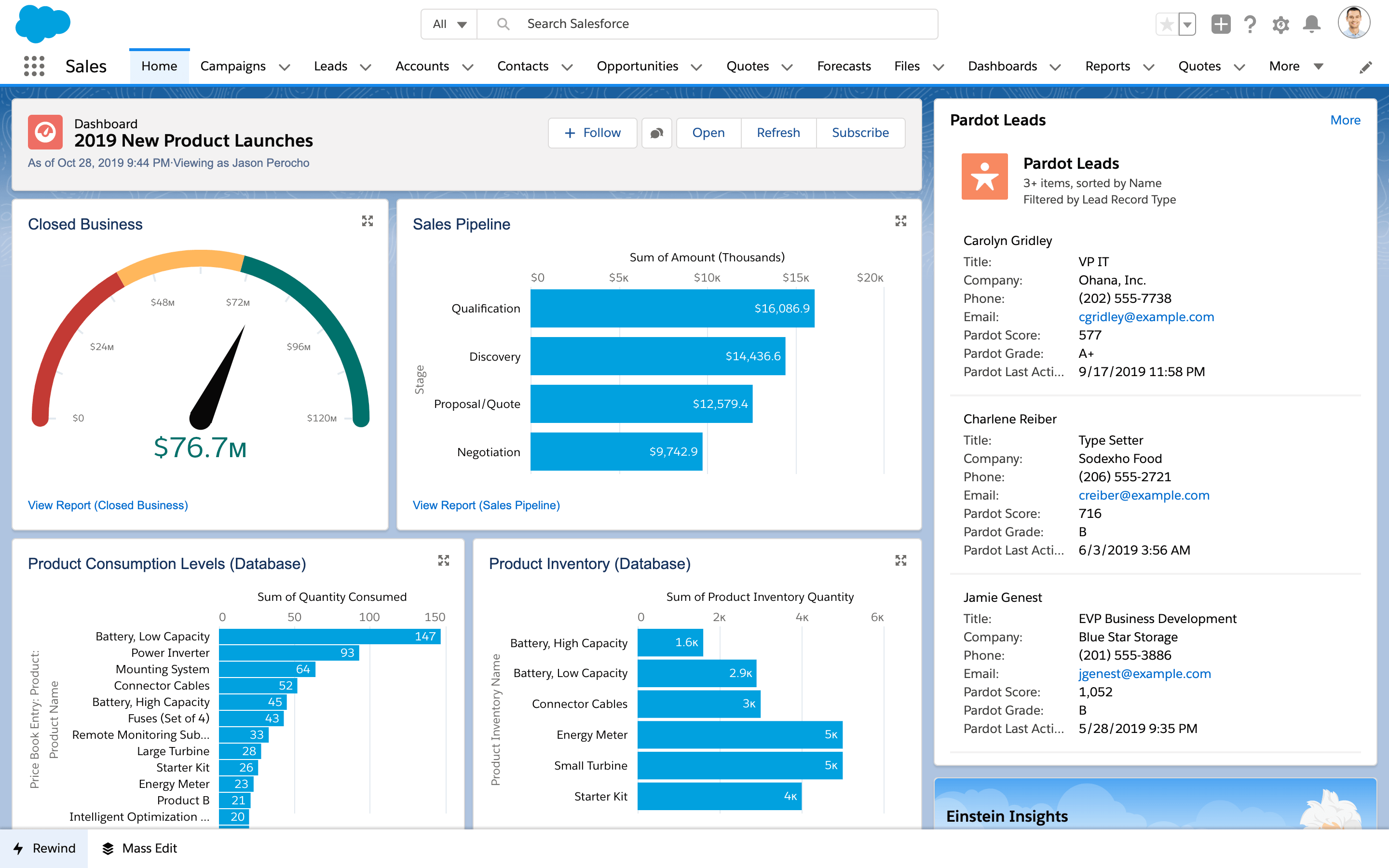
Content Management Systems (CMS)
Good sales and marketing content is an important part of sales enablement. But even more important than good content is accessible content.
There’s very little point in working with your marketing and product marketing teams on content creation if sales reps have to trawl through mountains of folders and files to find it.
At best? They’re wasting time that could be spent selling. At worst? They won’t bother even looking for it, and all that hard work creating the content that should enhance the sales process is wasted instead.
That’s where a CMS comes in.These platforms are designed to allow your sales reps to access vital sales enablement content and collateral on the fly, meaning less time wasted searching and more time spent where it matters - selling.
It’s all about accessing the right content at the right time. From whitepapers to case studies, and from battlecards to demo videos, everything can and should be easily accessible to team members.
Most CMS include the ability to organize and tag content so that your sales reps know exactly what content to use, at what stage of the sales cycle to use it, and with which buyer persona to use it with. Ultimately, a CMS makes it easier and quicker for your reps to find what they need to sell successfully.
Popular CMS
Content plays a big part in modern sales enablement strategy so making sure it’s all organized and accessible is a major win for enablement teams. As with every addition to your tech stack, it’s important to explore the various features of competing CMS platforms before deciding which to use in your organization. Currently, some of the most popular options include Bigtincan, Brainshark, Highspot, Enablix, Seismic, GTM Buddy, and Showpad.
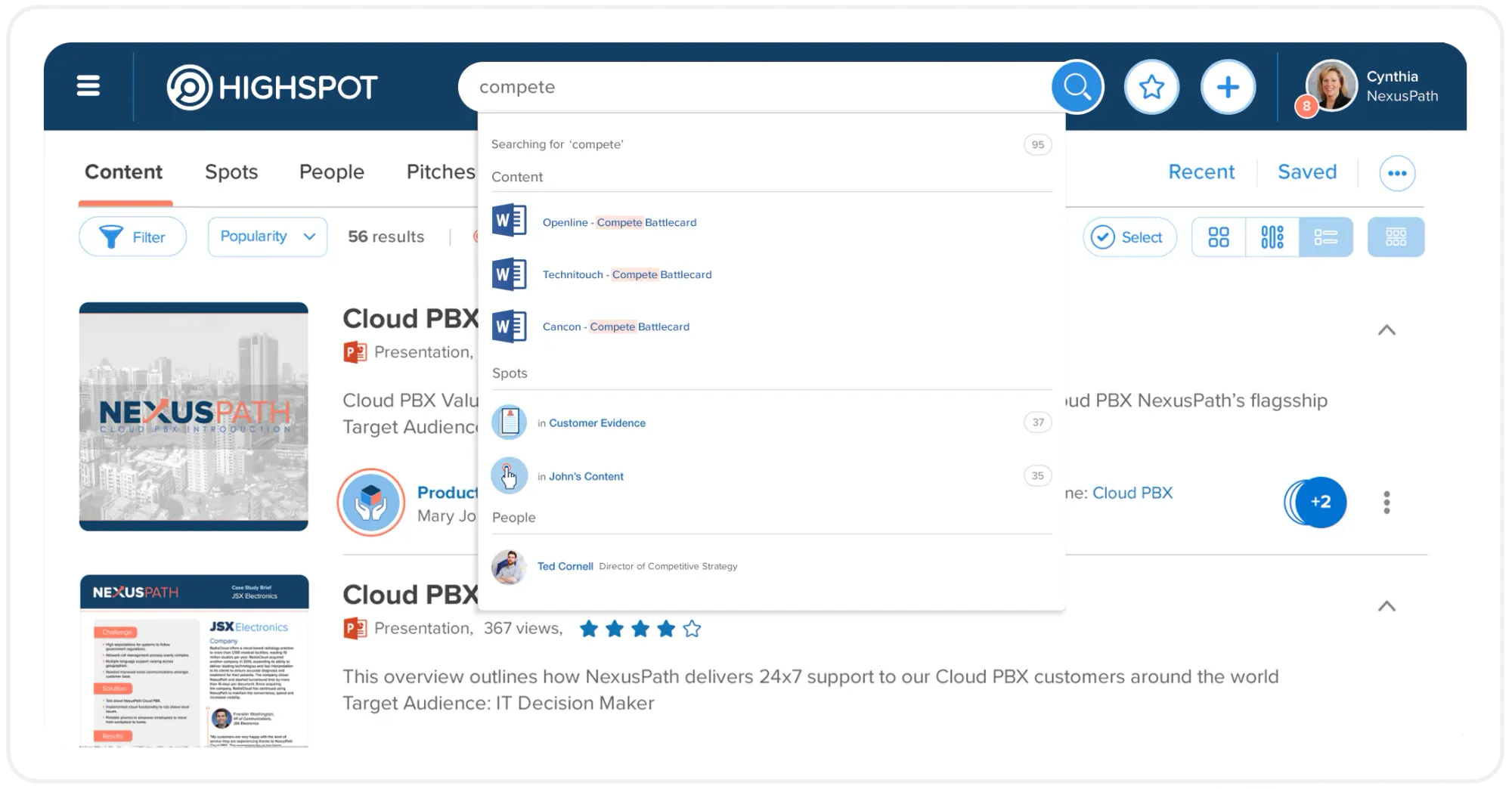
Learning Management Systems (LMS) and Sales Readiness platforms
In recent years, the line between LMS and Sales Readiness platforms has blurred, so we’ve opted to combine the categories for the sake of this article.
Both LMS and Sales Readiness platforms are designed to boost sales coaching and training and allow sales leaders to equip their sellers with more knowledge and skills.
Sales Readiness platforms differ from LMS in that they allow that sales training to be conducted with the practical goal of getting sales reps ready to sell, whereas LMS tend to be more focused on knowledge and information.
These tools allow for training programs to be administered and tracked, and overall are geared towards the development of the sales team’s skills.
They can also help take some weight off the sales managers’ shoulders - that way, they can share the responsibility for training alongside the platform. Some platforms may also be able to provide individualized feedback for reps based on their historical results.
Popular LMS and Sales Readiness platforms
As these can vary greatly in features and capabilities, it’s especially important to pay attention to whether a tool’s featureset matches your organization’s requirements. Take your time to research and speak to your peers about what tools work best for them. Popular choices here include Allego, Bigtincan, Brainshark, Lessonly by Seismic, Leveljump, Mindtickle, Saleshood, Showpad Coach, Spekit, and Workramp.
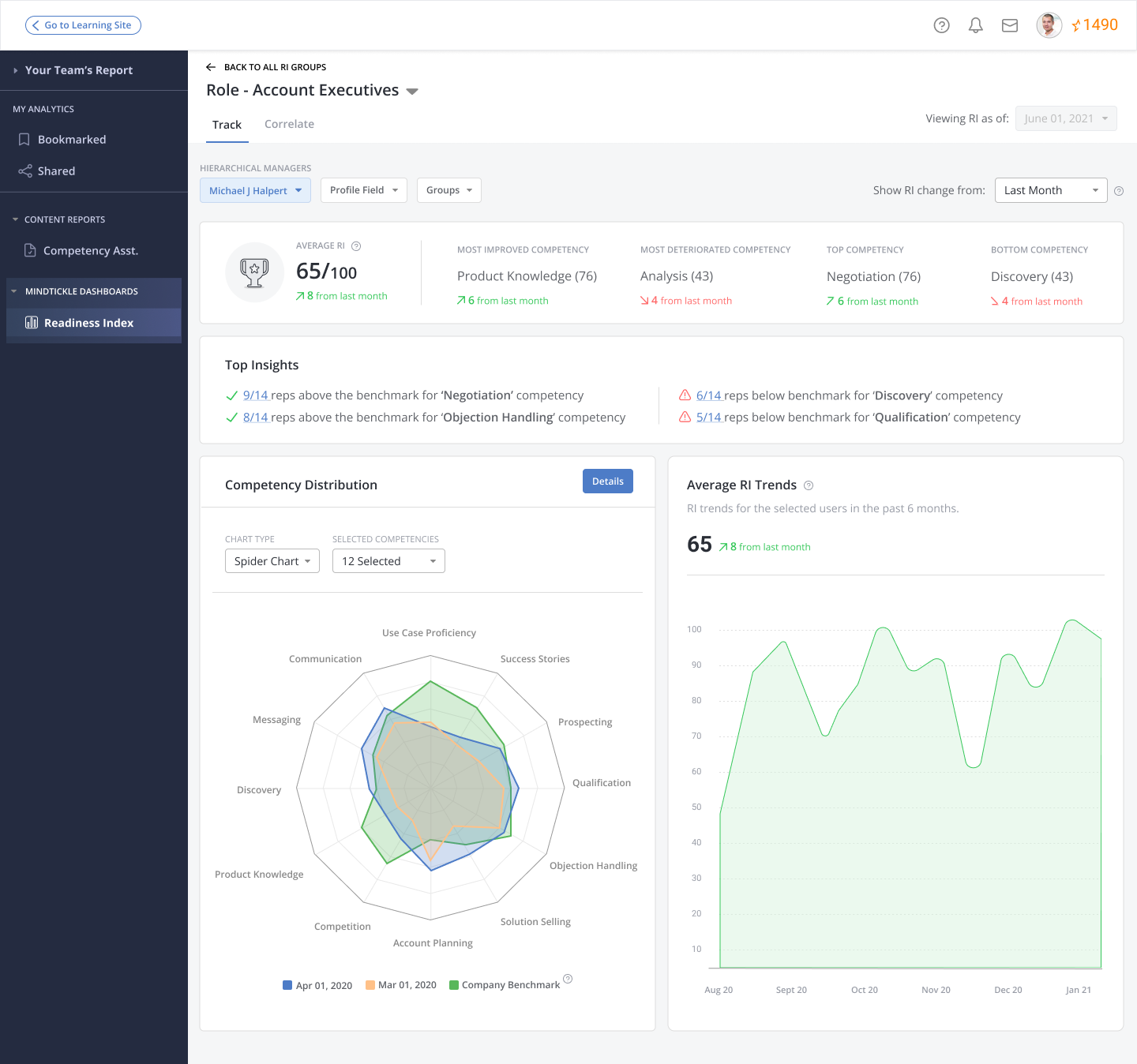
Conversation Intelligence tools (CI)
Conversation Intelligence tools are part of the next generation of sales coaching tools. These AI-powered pieces of technology record your sales team’s calls and pick out the key ‘coachable’ moments from each rep’s conversation.
Without a CI tool, you need to sit through hours of recordings from each sales rep, hoping to find a moment that you can coach or take a learning from. It’s time-consuming.
With a CI tool, however, the calls are recorded and analyzed for you!
You instantly know the key moments from each call, saving you and your frontline managers massive amounts of time. You’ll be able to see how reps stack up against each other, and at which part of the call they succeed or fail.
Depending on which tool you use, you’ll also have access to features like real-time analysis, the ability to set trigger words and topics that you want to track/highlight, team-wide skills tracking, scoring calls, personalized feedback, and much more - and hopefully you can use these insights to drive better win rates in your team.
Popular Conversation Intelligence tools
As we just mentioned, different CI platforms offer different feature sets. It will definitely be worth your time to research which tool will make the ideal addition to your tech stack. Popular choices here include Avoma, Chorus, Gondola, Gong, Mindtickle, Outreach, Allego, Salesloft, Revenue.io, and Showpad.
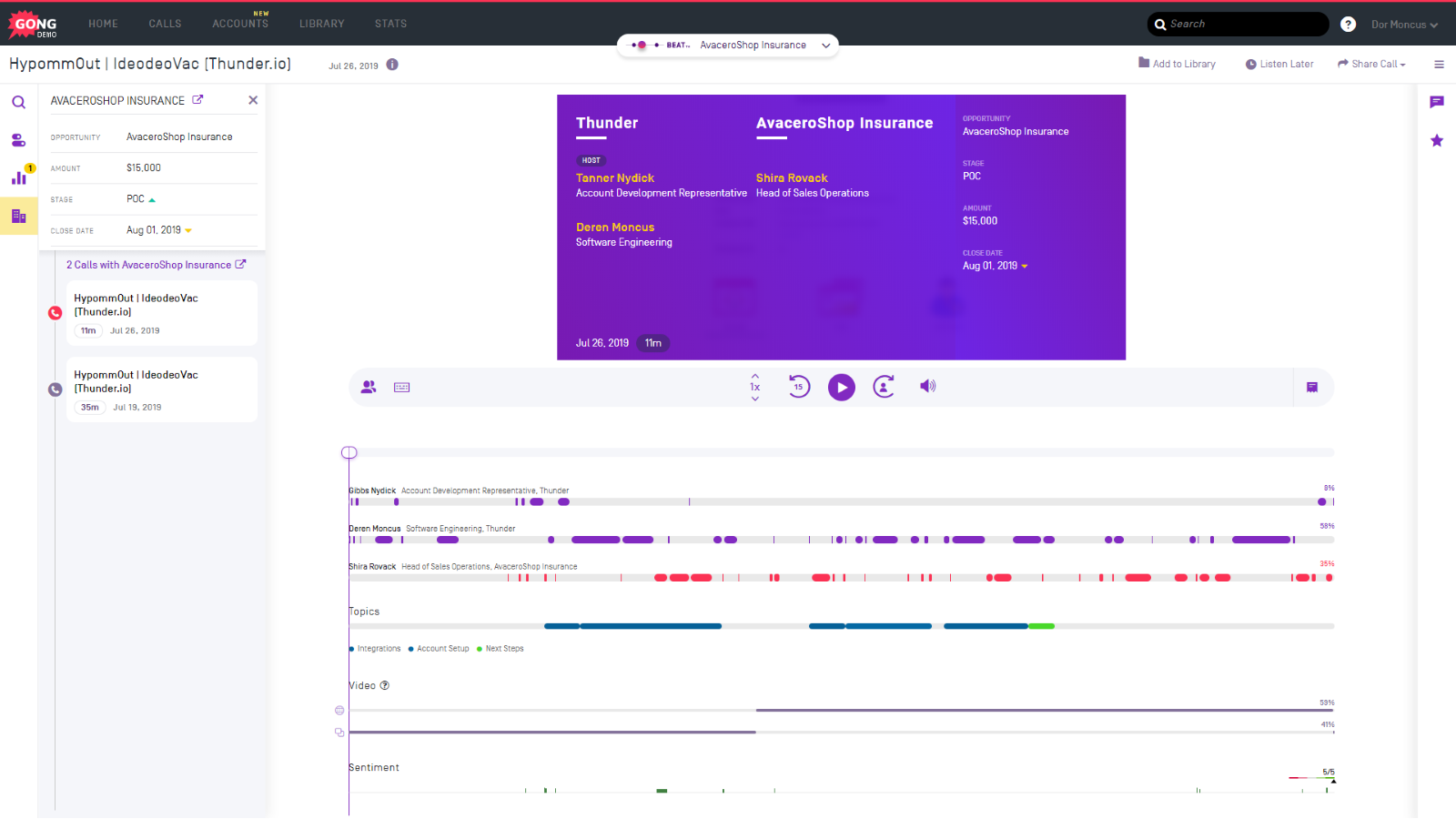
Sales enablement platforms
The tools and platforms mentioned thus far can all combine to make up a sales enablement tech stack. However, with the rising popularity of the function, many of these companies offer all-in-one sales enablement solutions.
These combine many of the features from the tools listed above into one package, with the aim of supporting alignment between sales and marketing teams and facilitating the coaching and continuous development of the sales team.
These platforms will combine sales training and coaching, sales content management, and other features such as conversation intelligence into their package.
Popular sales enablement platforms
As with every piece of your tech stack, researching and understanding if it’s the right tool for your organization is important. With a sales enablement platform it might even be more important, as it will fill several roles in your tech stack.Popular options include Seismic, Highspot, Bigtincan, Mindtickle, Allego, and Brainshark.
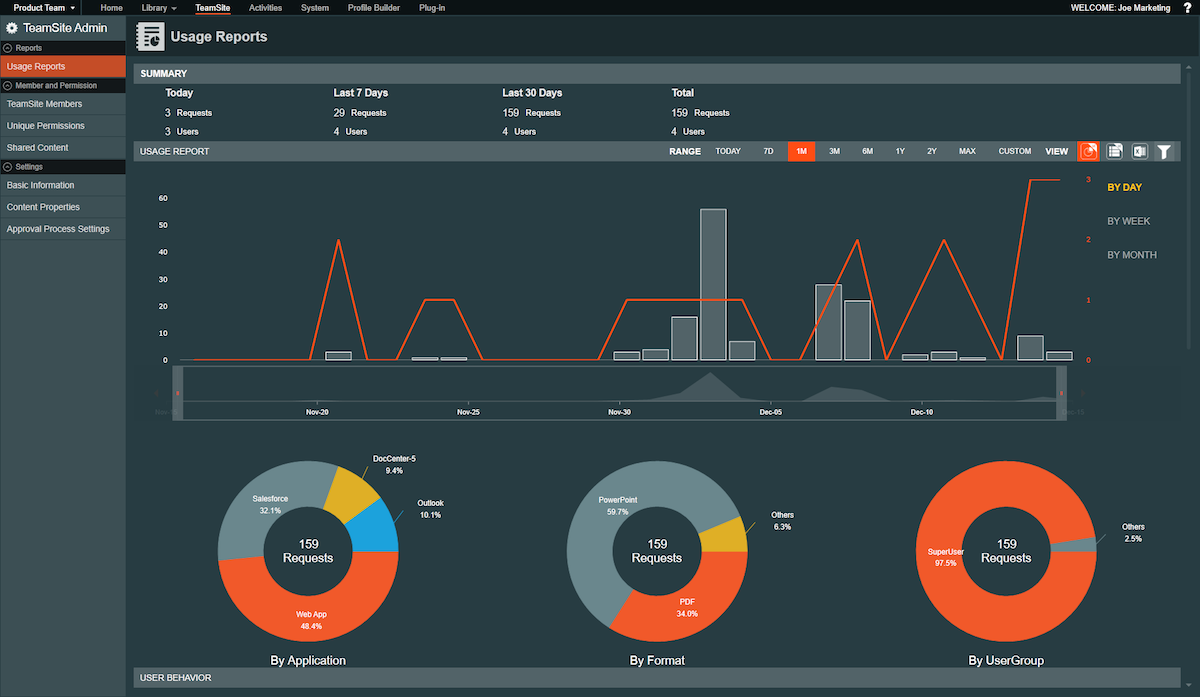
Wrapping up
All in all, sales enablement’s explosion in popularity has resulted in a wave of tools, platforms, and solutions that can assist sales enablement professionals in their day-to-day roles.While technology won’t do your job for you, it can certainly help save you time, streamline your processes, and support your sales organization.
Want to explore your options?You can download SEC’s Sales Enablement Tools of Choice report to discover the best sales enablement tools on the market in a variety of categories.

Join SEC's thriving Slack community today and gain instant access to a network of 4,500+ of your sales enablement peers.



